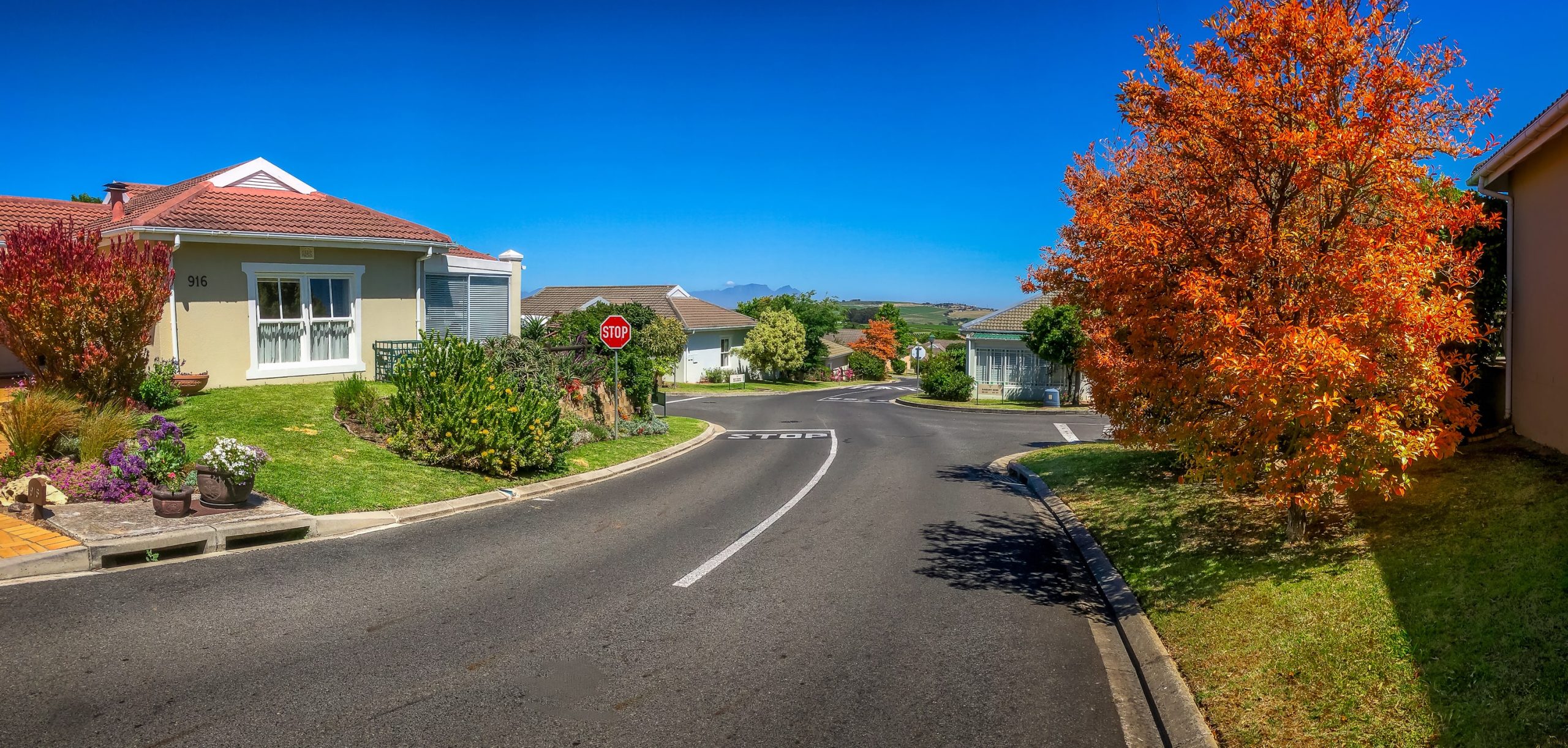Advertisement
A silent, subtle threat to biodiversity is spreading across the country, almost unnoticed. It’s hitting us in our gardens and our cities. It’s killing our trees, and it’s chomping its way across the country.
Known as the polyphagous shot hole borer (PSHB) beetle, it was originally thought that they were specific to South African oaks, but they’re not. After scientists from the Forestry and Agricultural Biotechnology Institute (FABI) found the bug in the iconic avenue of London plane trees at the KwaZulu-Natal National Botanical Gardens in Pietermaritzburg, they systematically surveyed the trees in all South Africa’s botanical gardens – and found that ‘it has become alarmingly apparent that PSHB is well established, thus has more than likely been present in South Africa for some years. FABI believes this pest presents a very serious threat to the health of trees in urban, agricultural, and natural environments.’
How does it affect the trees?
It’s important to understand that the bug alone isn’t the problem. The adult female beetles farm the fungus Fusarium euwallaceae, which they carry with them wherever they go. While the beetles burrow into the trees to establish brood galleries for their eggs, the fungus colonises the gallery walls and begins working away at the wood.
Then, when the bugs lay their eggs, they (the adults) have a feast on the fungus’s rich crop of denatured wood – as do their developing larvae once they’ve been hatched. The fungus, of course, clogs the trees’ food and water channels – and the combination of burrowing and clogging does to the tree what cholesterol in our bloodstreams does to us humans. It’s not a pretty picture.
Research done by FABI shows that there are around 60 tree species in South Africa – including oaks and planes, but also indigenous species like yellowwoods, coral trees, river bushwillows, thorn trees, tree fuchsias, indigenous willows, Cape chestnuts, bush tickberry, keurboom and others – that have been affected by the borer beetles.
What are you looking for?
Tiny entry and exit holes in the bark (think less than half the thickness of a matchstick), which are usually surrounded by sawdust, and bleeding (nectar or blobs of goo oozing from the bark) are usually your first clues. But since the combination of boring and fungus weakens the core of the tree, branches may snap off, revealing the beetles’ galleries and the webs of the black fungus that lines them.
Advertisement
How does it spread?
FABI’s Prof. Wilhelm de Beer, a mycologist and fungal biologist, says that the beetle, which comes from Southeast Asia, was probably spread around the world in untreated timber such as that used for making shipping pallets. Once here, though, the beetle can spread through the movement of infested branches – by taking your diseased wood to the municipal dump, for example.
Helderberg Village trees and Trees SA
In May 2022 Helderberg Village noticed that a few of their Acer negundo (box elder) trees started dying from an infestation of shot hole borer beetles. The identified trees were first treated, but by early 2023 the estate had to cut down the 40 infected trees. They established dedicated dumping sites where infected wood could be fumigated or solarised. In April this year, Helderberg approached Trees SA to replace the 40 trees with alternative indigenous species.
As trees are one of the key assets of Helderberg Village, they applied for wholesale trade pricing with Trees SA to build a continuous purchase agreement for replacing trees. The first three trees were planted on the estate in May. A further 3 trees were planted in June. A tree monitoring programme has been set up, where Trees SA make monthly visits to monitor the soil moisture content for optimal growth and establishment in the new environment.
Trees SA also set up residents’ access to their nursery, so that homeowners could come and select their trees, and Trees SA would then install them on the estate.
We asked Sue Smith, CEO at Helderberg Village, if she had any advice based on her experience, to share with other estates: ‘My advice is to get a qualified arborist on board, either on a consultancy basis or with an SLA. I would also advise estates to invest in a programme such as TIMS (Tree Inventory Management System) and have your trees logged with GPS co- ordinates, identification names, photos, age, history of pruning and spraying/ treatment (if applicable) and any other relevant information for posterity. Your trees are a major asset that not only add value from a monitory perspective but aesthetically the value is exceptional.’



